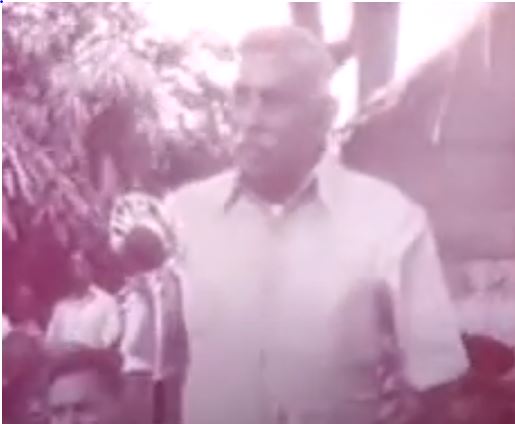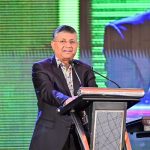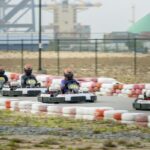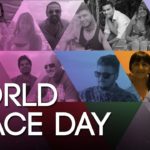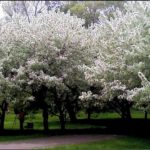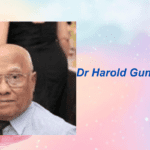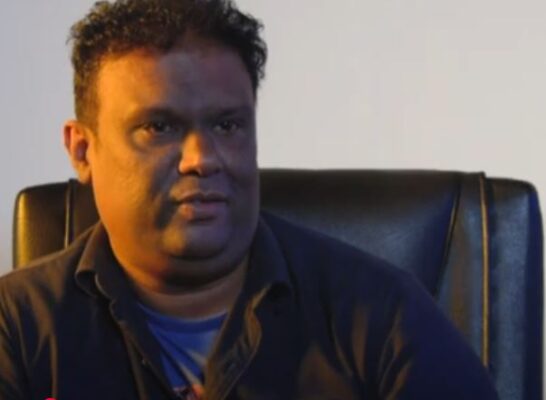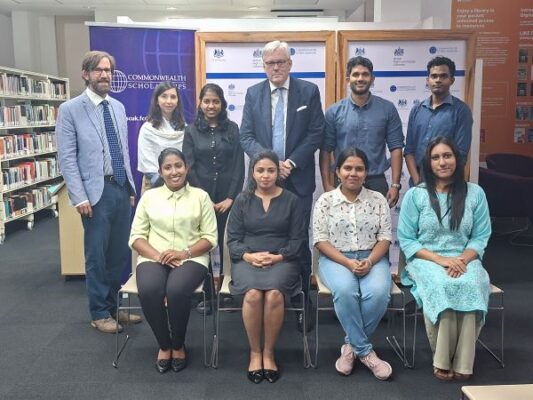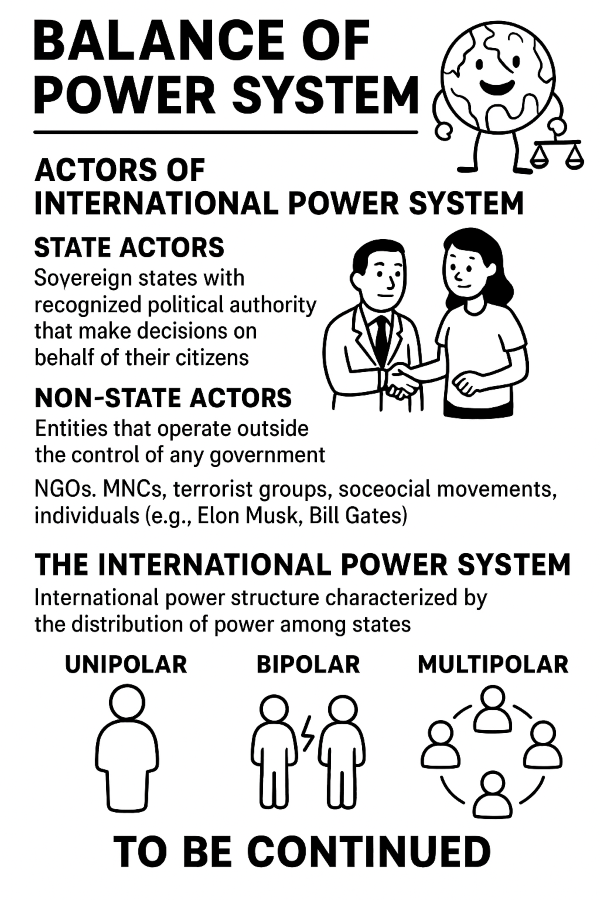CEYLON TO SRI LANKA The First Cabinet under Prime Minister D.S. Senanayake had four future leaders of our island nation – By Upali Obeyesekere
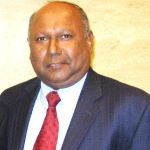
In 1948, Ceylon (now Sri Lanka) gained independence from British rule with D. S. Senanayake as its first Prime Minister. The United National Party (UNP), led by Senanayake, formed the first cabinet, which oversaw the transition to self-governance and the implementation of the Soulbury Constitution. This cabinet focused on national development, citizenship laws, and managing Ceylon’s foreign policy.
Actual independence for the dominion of Ceylon came on February 4, 1948, when the constitution of 1947 went into effect. The constitution provided for a bicameral legislature with a popularly elected House of Representatives and a Senate that was partly nominated and partly elected indirectly by members of the House of Representatives. A prime minister and his cabinet, chosen from the largest political group in the legislature, held collective responsibility for executive functions. The governor-general, as head of state, represented the British monarch. In matters that the constitution failed to address, the conventions of the United Kingdom were observed.
“The Father of the Nation” is remembered by all Sri Lankans as hitherto the most outstanding political leader ever.”
Image Source : facebook
Don Stephen Senanayake was born on October 20, 1884, at Botale Walawwa in Dedigama Electorate. He died on March 22, 1952, following a horse-riding accident in Colombo. He was 68 years old at the time of his death. Senanayake was a prominent figure in the island nation’s independence movement and is often referred to as the “Father of the Nation: for his contribution to the country’s development and independence.
DS, as he was popularly known, was the third Son of the Late Mudaliyar Don Spater Senanayake. He obtained his education at S. Thomas’ College, then situated at Mutwal, Colombo. He was married to Molly Dunuwila and acclaimed as the most outstanding political leader of Sri Lanka since the Independence Era. The present generation must be aware of this great exemplary leader of Sri Lanka, who was associated with all the political Leaders and spearheaded the Independence struggle of the then Ceylon. He and his elder brother F.R. Senanayake, together with colleagues such as Sir D.B. Jayathilake, Sri Ponnambalam Ramanadhan, Sir Ponnambalam Arunachalam, T.B. Jayah, E.W. Perera, led the Independence movement of Ceylon. Seventy-seven years have lapsed since, but the vision of this core group to negotiate with the British at the time and win our independence sans a drop of blood must be acknowledged with much gratitude by Sri Lankans of all ages.
Some key dates in Sri Lanka’s history
The island fell under Portuguese (1505-1658) and Dutch (1658-1796) influence after the 16th Century. It gained independence in 1948, after 152 years of British (1796-1948) rule. The arrival of the Portuguese in 1505 marked the beginning of European interest in the island nation. The Dutch forced out the Portuguese and established control over the island, except for the central kingdom of Kandy. In 1796, Britain began to take over the island. 1815 marked the conquest of the Kingdom of Kandy. Indian labour was harnessed by the British from southern India to work in tea, coffee, and coconut plantations. In 1833, the island was united under one British administration as “Ceylon”. In 1948, Ceylon gained its full independence. Yes, it is accurate to say that Ceylon (now Sri Lanka) gained its independence from British rule in 1948 with a peaceful transition of power. While there were certainly political and social tensions leading up to independence, the transfer of authority from the British to the newly formed Dominion of Ceylon was achieved through negotiation and constitutional means, rather than through armed conflict.
On February 4, 1948, Ceylon was granted independence as the Dominion of Ceylon. Dominion status within the British Commonwealth was retained for the next 24 years until May 22, 1972, when it became a republic and was renamed the ‘Democratic Socialist Republic of Sri Lanka’. This change was part of adopting a new constitution that also declared the country a republic, breaking its final ties with the British crown. Prime Minister Sirimavo Bandaranaike (1960-1965) spearheaded this significant initiative during her tenure in office for a second time from 1970-1977.
In the early years of post-independence Ceylon, the island’s three primary export products—tea, rubber, and coconuts—were thriving in global markets, accounting for approximately 90 per cent of the country’s foreign exchange earnings. Nevertheless, the government began to face economic difficulties. A rapidly increasing population and the free import of consumer goods swiftly ate into earnings from foreign trade. The falling price of Ceylon’s rubber and tea and the increase in the cost of imported food added to the acute foreign exchange problem. Additionally, the expanded school system produced a large number of educated persons who could not find employment.
1st Parliament (1947-1952)
The General Election of 1947 to elect the 1st Parliament was conducted a few months ahead of the withdrawal of British rule based on the ‘Soulbury Constitution’ promulgated in May that year. There were 95 seats up for grabs, and the United National Party (UNP) led by D.S. Senanayake, won 42 seats, the Lanka Sama Samaja Party (LSSP) came in second with 10 seats, followed by Tamil Congress (TC) 7, Ceylon Indian Congress 6, and others, including ‘Independents’, won 30 seats. UNP candidate in Puttalam Electoral District H.S. Ismail was returned uncontested. Interestingly, the total number of eligible voters in 1947 was 3,048,145, of which 1,887,364 or 61.3% cast their ballots. Parliamentary elections were held in Ceylon between 23 August and 20 September 1947. They were the first elections overseen and administered by the newly formed Department of Parliamentary Elections.
Image Source : wikipedia
The Government of Ceylon was established with the promulgation of the new constitution. Sir Henry Monck-Mason Moore, Governor, who had been appointed Governor-General, called on D.S. Senanayake to form a government. The Cabinet of D.S. Senanayake, the first Prime Minister of Ceylon, was sworn in at the Queen’s House on September 26, 1947. The same Cabinet was sworn in again on February 4, 1948, when Ceylon secured Independence. The cabinet of 14 consisted of the following: D.S. Senanayake (Prime Minister, Minister of Defence and External Affairs), S.W.R.D. Bandaranaike (Minister of Health and Local Government, and Leader of the House), Senator Sir Oliver Goonetilleke (Minister of Home Affairs and Rural Development, George E. De Silva (Minister of Industries, Industrial Research, and Fisheries), J. L. (Later Sir John) Kotelawala (Minister of Transport and Works), J. R. Jayewardene (Minister of Finance), Senator L. A. (Later Sir Lalita) Rajapakse (Minister of Justice), R. S. S. Gunawardena (Minister without Portfolio), Dudley Senanayake (Minister of Agriculture and Lands), C. Suntharalingam (Minister of Trade and Commerce), T. B. Jayah (Minister of Labour and Social Services), E. A Nugawela (Minister of Education), A. Ratnayake (Minister of Food and Co-operative Undertakings) and C. Sittampalam (Minister of Posts and Telecommunications).
The first meeting was held on October 8, 1947, in the Cabinet Room, said to be one of the most beautiful in the whole of the Commonwealth. The only door leading to the room was closely barred. Police officers kept guard at the entrances leading to the Prime Minister’s Office and the Senate to prevent unauthorised persons from entering the building.
At this meeting, the Ministers, the Secretary, and the Assistant took an oath of secrecy, which was an adaptation of the Privy Councillor’s oath, but which had no statutory force. This was considered necessary by D.S. as the decisions of the Board of Ministers in the days of the State Council reached in the morning, regularly appeared in the late editions of the evening newspapers the same day.
After the promulgation of the new Constitution, D.S. was in constant communication with the United Kingdom regarding the grant of full Dominion Status to Ceylon. This meant the removal of the reserved powers vested in the Governor under the earlier Order in Council. He informed the Ministers that the Imperial Government was willing to accede to Ceylon’s request but that, before this could be done, it would be necessary to pass a Bill in the Imperial Parliament conferring fully responsible status on Ceylon within the British Commonwealth.
By the end of 1948, three Ministers had been replaced. Sir Oliver Goonetilleke had been appointed as our High Commissioner in London and was succeeded by E. A. P. Wijeratne. George E. de Silva’s portfolio had been taken over by C. Sittampalam, and A. E. Goonesinha had joined the Cabinet as Minister without Portfolio. G. G. Ponnambalam later took on the Ministry of Industries. H. W. Amarasuriya had become Minister of Commerce and Trade, replacing C. Suntharalingam.
An interesting feature of the first Cabinet was that four of its members later became the prime ministers of our valued island nation. They were Dudley Senanayake, Sir John Kotelawala, S.W.R.D. Bandaranaike and J.R. Jayewardene, who later became the second President of Sri Lanka from 1978 to 1989. Sir Oliver Goonetilleke, one of the key architects of Ceylon’s Independence, was appointed High Commissioner for Ceylon to the United Kingdom (1949-1952). Having served in this position, Sir Oliver became the third Governor-General of Ceylon (1954-1962). The high profile of the first cabinet was a testament to the fact that Prime Minister D.S. Senanayake picked the right people for the right job.
The independence that Sri Lankans secured from the British Empire, which pervaded two centuries, was unique in many ways. From an initiative-taking standpoint, the independence that the British granted us was a triumph of the liberal democratic tradition demonstrated by the British themselves. Our path to independence epitomised the British liberal values absorbed by the local leaders. Although the negotiating dynamics had a sense-mortifying reality regarding the absence of a rigorous freedom struggle, Sri Lanka can boast of the peaceful nature of the power transition from the British to the locals.



